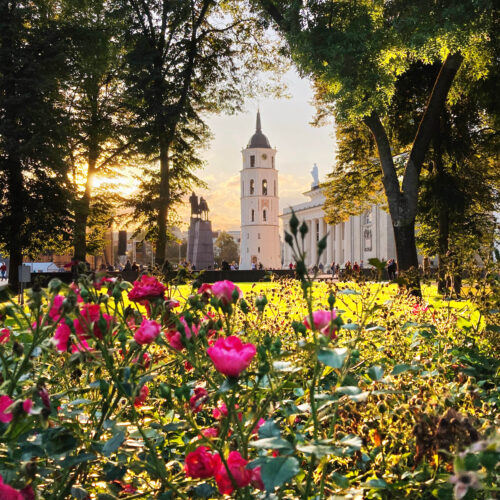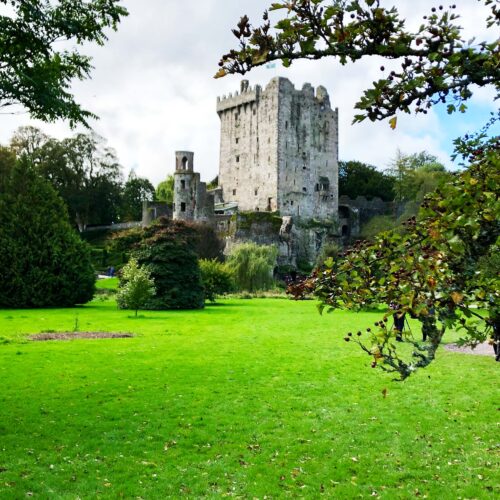Explore the Top Attractions in Oaxaca, Including Monte Alban, Ethnobotanical Garden, and Delicious Local Cuisine
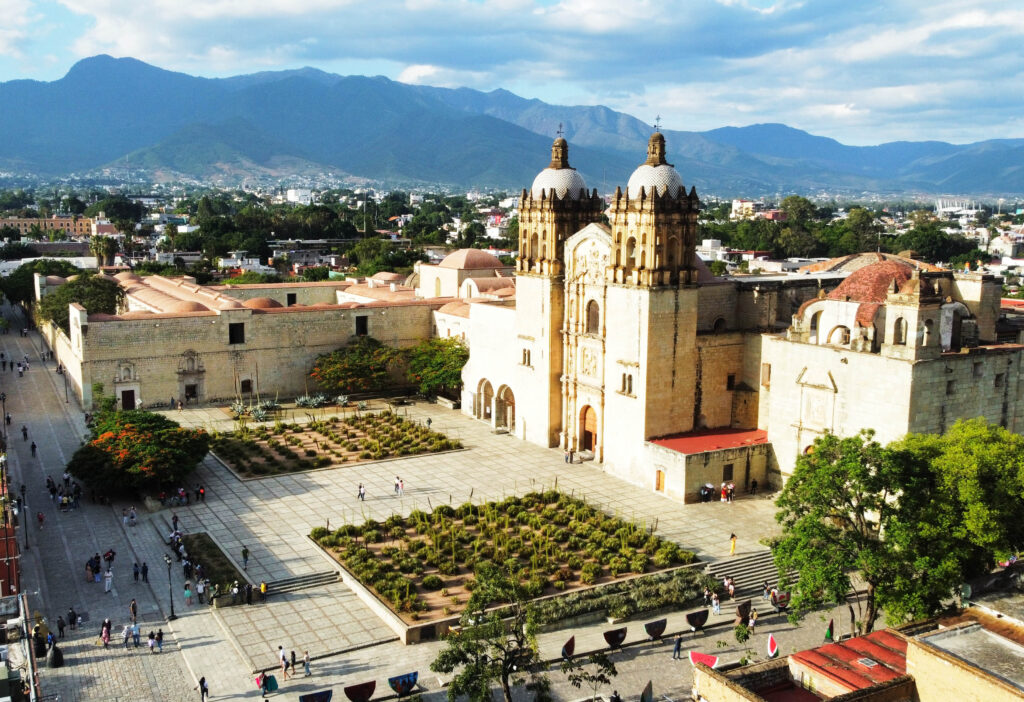
Welcome to Oaxaca, a vibrant city in the southern region of Mexico that boasts a rich history and culture, stunning colonial architecture, and a delicious culinary scene. Oaxaca’s historic city center is a visitor must-see as a UNESCO World Heritage Site.
It offers a glimpse into the region’s past with its beautiful churches, cobblestone streets, and colonial buildings. But Oaxaca is more than just a city with a fascinating history; it’s also a place of natural beauty, with nearby attractions like Monte Alban and Hierve el Agua showcasing the region’s awe-inspiring landscapes.
With its friendly locals, welcoming atmosphere, and endless opportunities for adventure and exploration, Oaxaca is a must-visit destination for anyone traveling to Mexico.
Here are some of the things you can experience:
- Explore the historic city center: Oaxaca’s historic center is a UNESCO World Heritage Site and is home to stunning colonial architecture, charming cobblestone streets, and beautiful churches. Exploring the city center is a great way to immerse yourself in Oaxaca’s rich history and culture.
- Visit the ancient ruins of Monte Alban: Monte Alban is one of Mexico’s most impressive ancient ruins and was once the center of the Zapotec civilization. The site features remarkable pyramids, ball courts, and other structures and offers breathtaking views of the surrounding valley.
- Sample Oaxacan cuisine: Oaxaca is known for its delicious cuisine, which features a variety of unique and flavorful dishes. Some must-try dishes include mole, tlayudas, and mezcal, a locally produced alcoholic beverage from the agave plant.
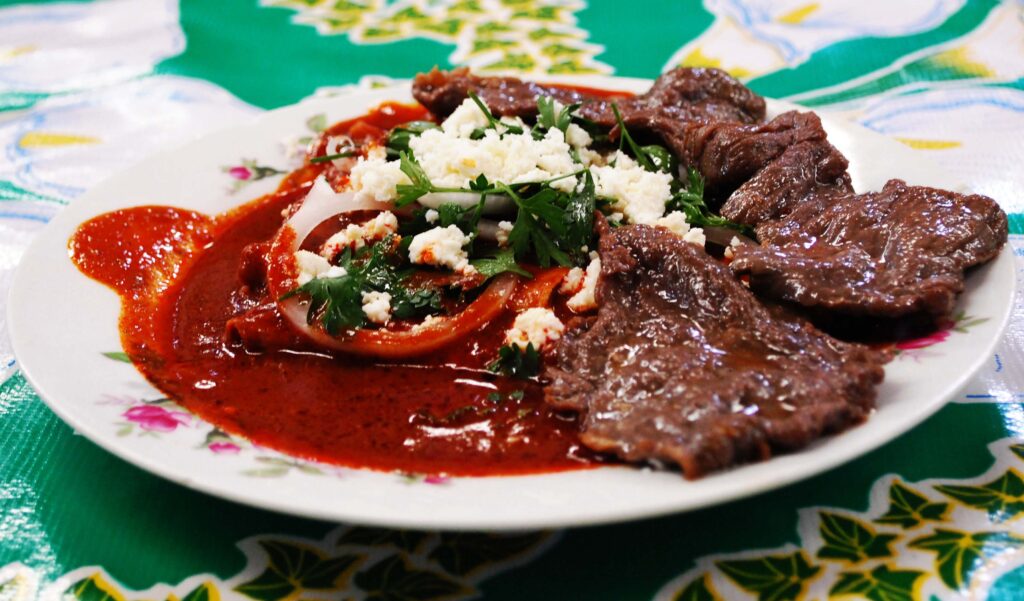
- Visit the Ethnobotanical Garden: The Ethnobotanical Garden is a beautiful and educational attraction that showcases the region’s diverse plant life and its importance to the indigenous people of Oaxaca. The garden features over 500 plant species, including medicinal and culinary plants.
- Take a cooking class: The town is a great place to learn about traditional Mexican cooking, and many cooking classes and workshops are available for visitors. You can learn to make dishes like mole, tamales, and tortillas and gain a deeper appreciation for the local cuisine.
- Visit the Church of Santo Domingo de Guzman: The Church of Santo Domingo de Guzman is one of the most beautiful churches and features impressive Baroque architecture and intricate gold leaf detailing. The church also houses a museum that showcases the region’s rich history and culture.
- Take a day trip to Hierve el Agua: Hierve el Agua is a natural wonder located just outside the town and features stunning mineral springs and petrified waterfalls. The site is famous for hiking, swimming, and soaking in mineral pools.
Did you know?
Oaxaca is home to the world’s most giant tree by volume. Known as El Árbol del Tule, this massive tree is a Montezuma cypress estimated to be between 1,200 and 3,000 years old.
It has a circumference of over 42 meters and a volume of nearly 1,500 cubic meters, making it one of the largest living organisms on the planet. The tree is located in Santa María del Tule, just outside Oaxaca City, and is a popular tourist attraction.
A little history:
Oaxaca has several indigenous groups, including the Zapotec and Mixtec civilizations, initially inhabited the region and left impressive architectural and artistic legacies behind.
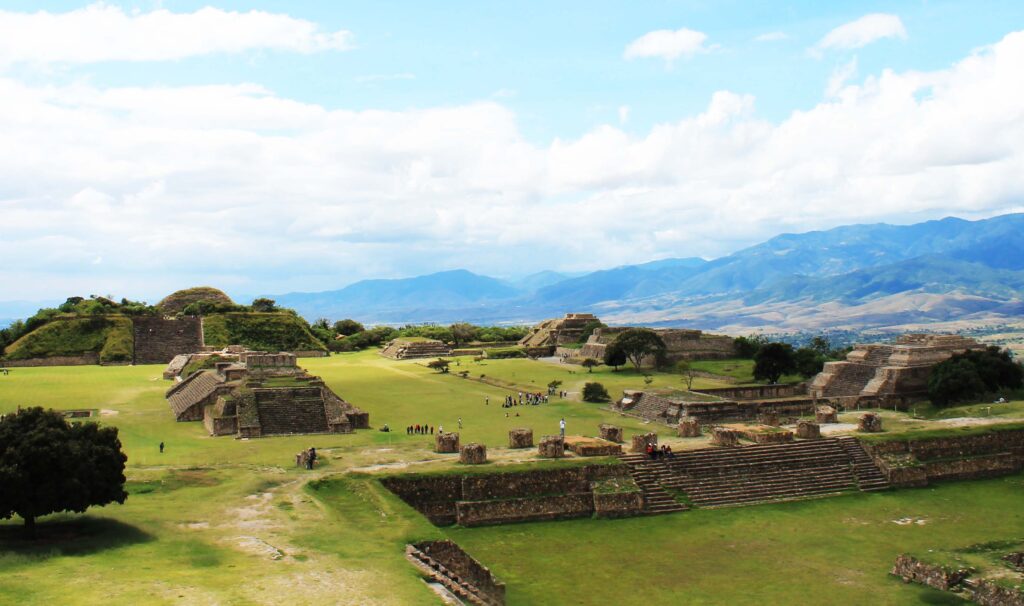
In the 1400s, the Aztecs conquered the region and became part of the Aztec Empire. However, the Spanish arrived in the 16th century and soon dominated the area, establishing a colonial capital in Oaxaca City.
During the colonial period, the town flourished as a center for art, architecture, and cuisine, with many impressive colonial buildings and churches constructed during this time. The city also played an essential role in the Mexican War of Independence, with many important figures in the fight against Spanish rule hailing from Oaxaca.
Recently, the town has been a social and political activism hub, with movements focused on indigenous rights, land reform, and cultural preservation. The region is known for its vibrant and diverse cultural traditions, delicious cuisine, and stunning natural beauty.
